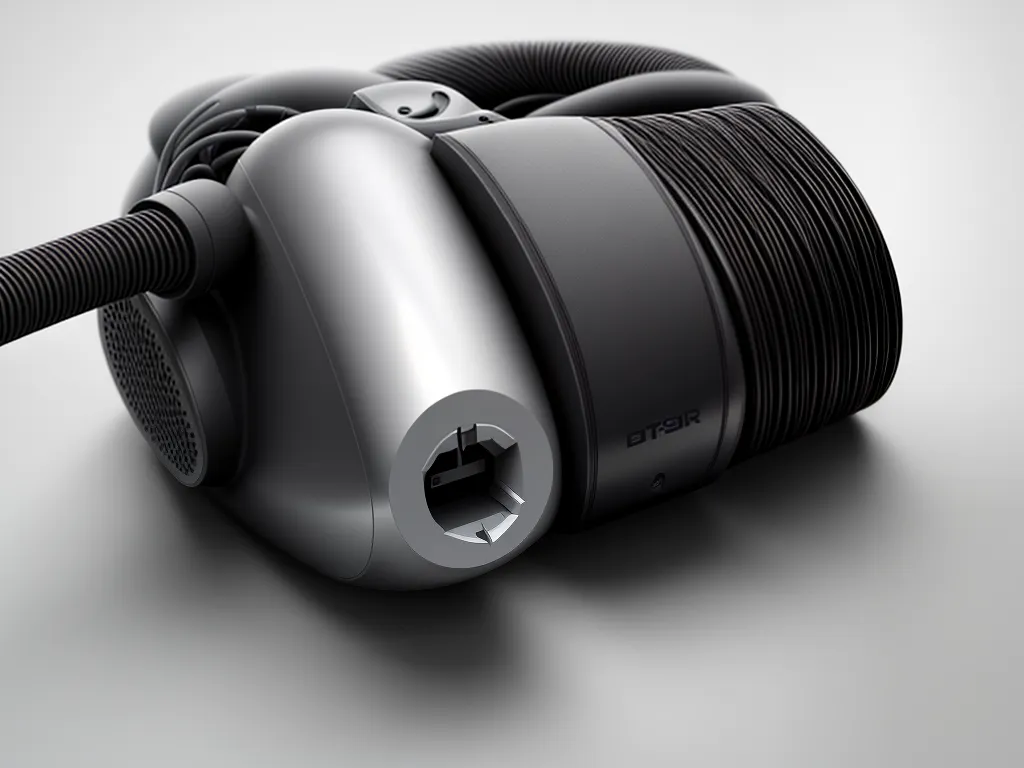
What is Bufferbloat?
Bufferbloat is a condition that occurs when there is excessive buffering of packets in the routers, switches and other devices in a network. This excessive buffering causes high latency and lag in internet connections.
The main causes of bufferbloat are:
- Too much bandwidth relative to available buffer space in network devices.
- Buffer management algorithms that are not “smart” enough to handle congestion properly.
The effects of bufferbloat include:
- High lag and latency when gaming online or video chatting.
- Slow loading of web pages and streaming content.
- Lag spikes that make connections seem erratic.
Bufferbloat can severely degrade quality of service, especially for time sensitive applications like online gaming, Voice over IP (VoIP), video chat and live video streaming.
How Does Bufferbloat Affect Your Connection?
When there is bufferbloat, your connection’s bandwidth may seem fine but the responsiveness will suffer.
Pages take longer to load, games lag and applications that need low latency like video chat get glitchy. This happens because of the excessive delays introduced by the bloated buffers in your network path.
Technical users can test for bufferbloat using online tools like DSLReports Speed Test. A bufferbloat grade of C or below indicates significant bufferbloat issues.
What Causes Bufferbloat for Your ISP Connection?
The main culprits of bufferbloat in your ISP connection include:
- Your ISP’s congested network equipment like routers and switches.
- WiFi congestion and buffering in your own home network.
- The router/modem hardware supplied by your ISP.
- Congestion in the network path to game servers or other internet destinations.
If your ISP’s network hardware is prone to bufferbloat when congested, you will see latency spikes during peak usage hours in evenings. This affects cable internet, DSL and even fiber optic connections.
Older router/modem devices supplied by ISPs can also suffer from poor buffer management, causing bufferbloat.
Solutions For Reducing Bufferbloat
Here are some ways to reduce bufferbloat for your ISP connection:
Use a Custom Router
Replace the ISP provided router/modem with a high quality third party router. Routers like the IQrouter and open source routers running SQM QOS software are designed to minimize bufferbloat.
A good router will actively manage buffers and throttle bandwidth to minimize latency. This provides significantly better responsiveness for time sensitive traffic like online gaming, calls and video chat.
Enable Smart Queue Management
If you cannot replace the ISP device, try enabling Smart Queue Management (SQM) if available. SQM limits buffering and can help reduce latency.
Some ISP provided routers have SQM settings hidden in their firmware that you can enable. This allows the router to better control its buffering and bandwidth allocation.
Contact Your ISP
Contact your ISP’s technical support about the bufferbloat issue. Especially highlight problems with lag, latency and responsiveness.
The ISP may be able to provide a better modem/router device, or prioritize your connection’s traffic if you are on a business class service. Fiber optic connections are also less prone to bufferbloat in most cases.
Limit Devices On Your Home Network
Your WiFi router can suffer from bufferbloat too if overwhelmed by too many devices at home. Try reducing devices on your WiFi or upgrade to a mesh network system. This ensures each device gets just the bandwidth it needs.
Also use 5 GHz WiFi instead of 2.4 GHz if possible, as it provides faster speeds and less congestion. Prioritize your gaming PC or console’s traffic if your router allows it.
Limit High Bandwidth Applications
Limit bandwidth intensive applications like streaming, downloading, and file transfers when you need optimal responsiveness.
Tools like NetLimiter or NetBalancing apps for Windows allow capping per-application bandwidths. On Mac, apps like Throwback let you limit bandwidth per application. This prevents any single app from overwhelming your connection.
Use a Gaming VPN Service
A good VPN service can route your traffic through uncongested networks with enterprise grade connections. This avoids much of the bufferbloat issues from your ISP’s network.
VPNs designed for gaming like ExitLag, Mudfish, Haste etc provide optimized routing. They also have custom software to further reduce latency and ping times.
Conclusion
Bufferbloat can severely impact your internet experience by increasing latency and lag. But with the right tools and techniques, you can minimize its effects significantly.
Replacing the ISP provided router with a high quality third party router than manages buffers well is the best solution. Contacting your ISP for help, limiting devices on your home network, and using a gaming optimized VPN are other good options.
With these bufferbloat busting solutions, you can enjoy lag free gaming, smooth video calls and responsive browsing once again!












